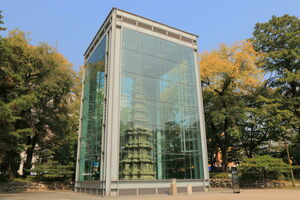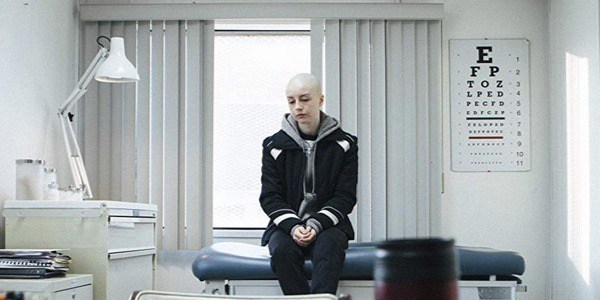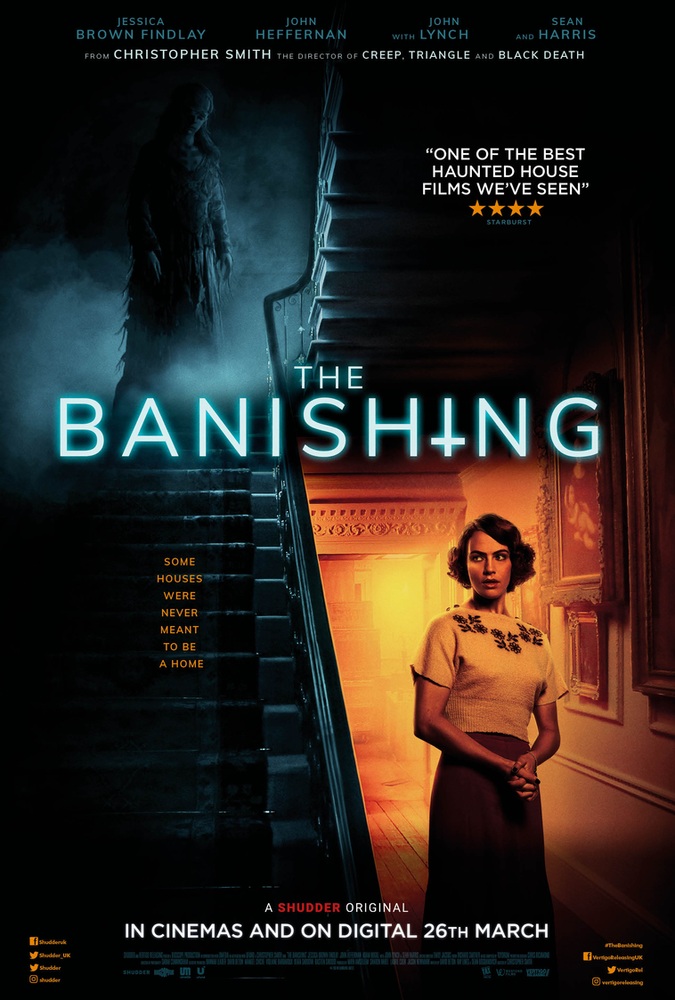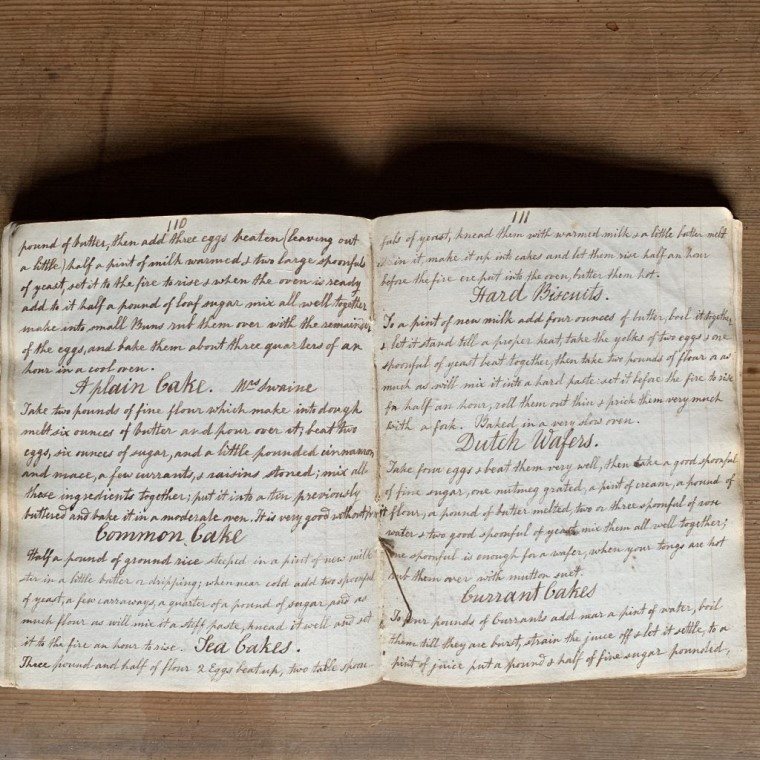Paseo Yortuque in Chiclayo, Peru
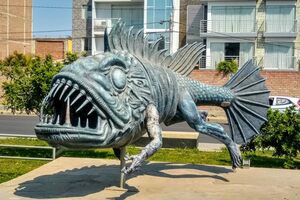
Coastal Peru, rich in gold, silver and culture, was central to a number of pre-Columbian civilizations. Most of us are familiar with the Incas, but only because they were the dominant empire in the area when the Spanish invaded. The Inca empire itself lasted a little less than a hundred years and was predated, in part, by the more durable Moche (from the years 100 to 700) and Lambayeque (700 to 1375) cultures, which you can experience during this free, nearly two kilometer stroll through history in Chiclayo, Peru.
The Paseo Yortuque, completed in 2015, features murals and more than 60 larger-than-life statues, surrounded by thousands of native trees and other local flora. Most of the statues were sculpted by Arequipeñan artist Fredy Luque as expressions of the Moche and Lambayeque cultures.
Statues of the imperial royalty and their subjects appear appropriately heroic, but many of the gods and demigods are intimidating.
The murals along the walkway put the experience into historic context, spanning time from the earliest inhabitants, through the indigenous empires and colonial phase, the independence from Spain, and culminating in the more modern struggles.
